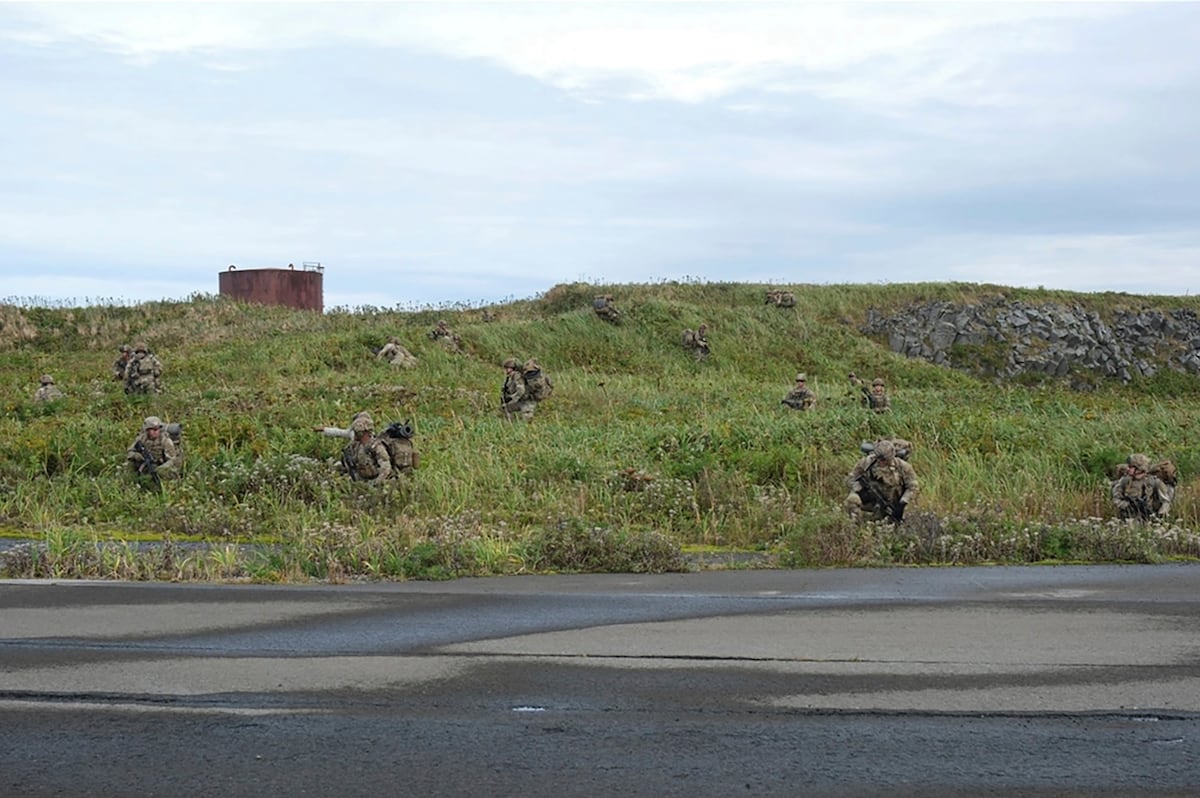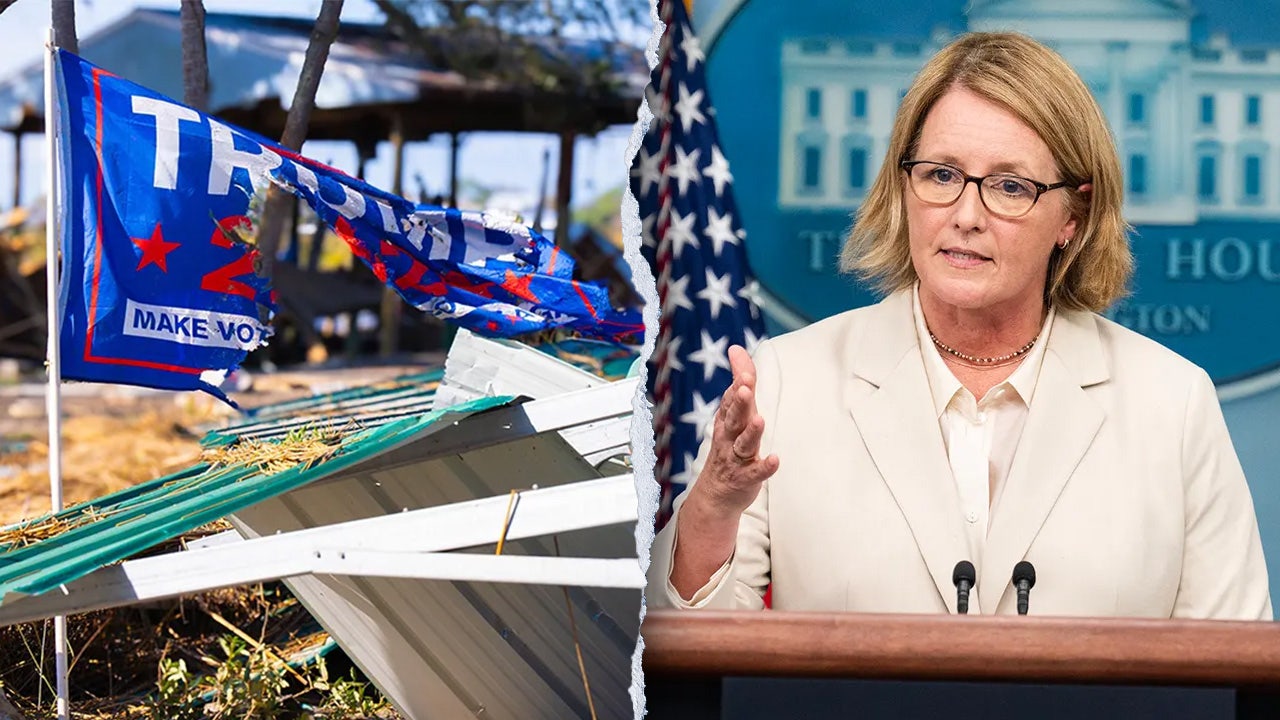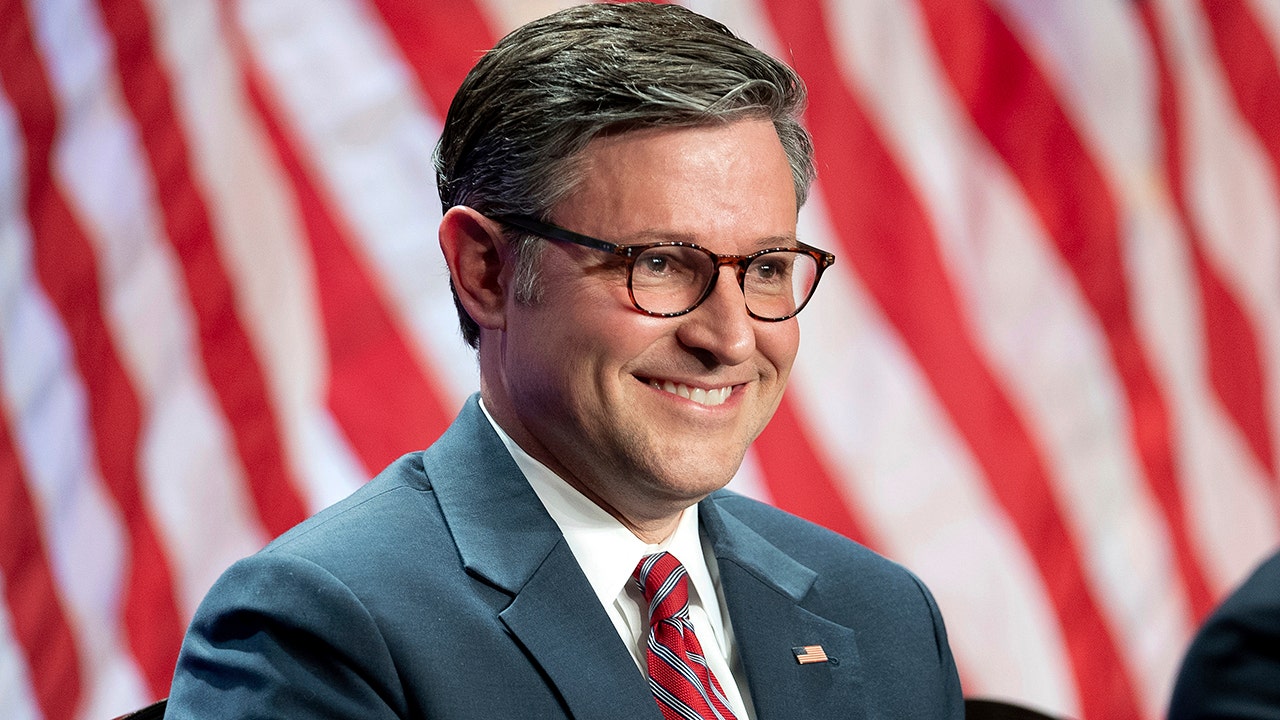Virginia
F-22 flight training begins at Virginia base after years in limbo
:quality(70)/cloudfront-us-east-1.images.arcpublishing.com/archetype/76Z7SNVES5BYTECDSPVHADFUGE.jfif)
The Air Force has started teaching student pilots to fly the F-22 Raptor fighter jet at Joint Base Langley-Eustis, Virginia, the service said June 14.
It’s a new start for the F-22 training enterprise after Hurricane Michael destroyed the mission’s sole home at Florida’s Tyndall Air Force Base in 2018.
“We want to get them in the mindset of what it’s like to be in a fighter squadron, what our mission means and why it’s important,” Capt. Spencer Bell, an instructor with the new 71st Fighter Squadron, said of students in a release. “We are forging the next generation.”
Hurricane Michael — a Category 5 storm — slammed Tyndall with 160 mph winds and caused irreversible water damage and mold infestations that required the Air Force to demolish much of the base. F-22 pilots and maintainers relocated to Eglin AFB, about 90 miles west across the Florida Panhandle, to continue the training mission while the Air Force considered its next steps.
The Air Force signed off on Langley, which already hosts two F-22 combat squadrons, as the permanent site of F-22 flight training in 2021.
Tyndall’s fleet of Raptor jets began moving to Virginia in March. All 30 are expected to be in Virginia by September, Langley spokesperson Marcus Bullock said Friday.
There, training will be managed by the recently renamed 71st Fighter Squadron, which previously flew the T-38 Talon trainer jet as adversaries in F-22 combat training. Its sister unit, the 71st Fighter Generation Squadron, will handle maintenance on the stealth jets.
Student pilots arrive at the F-22 schoolhouse after spending time on basic maneuvers in two training aircraft at other bases. Once they graduate, they will head to their first operational units that fly the F-22 in combat.
The first cohort of six budding F-22 pilots has already spent three months in classroom lessons and simulator sorties at Tyndall. Students will continue doing that in Florida until those facilities are built at Langley. That will take at least three more years to get up and running, the Air Force said in January.
Now, the first class is working through six months of flight lessons at Langley to familiarize themselves with F-22 radars and weapons, basic fighter maneuvers, air combat tactics and more.
“My first flight was mind-blowing,” said F-22 student pilot Capt. Chas Ballard in the release. “I could feel the immense amount of power that the machine had to give and it’s unlike anything I’ve ever flown before.”
To support the unit, the Air Force is planning several construction projects for new facilities in the coming years. Two of those — a repair facility for the F-22′s stealth features, and a combined operations and maintenance hangar — are already underway.
Airmen have argued that Langley is better-equipped to welcome F-22s than Eglin, where it shared space with the F-35 enterprise. Virginia’s congressional delegation pushed for the relocation as well.
“While Joint Base Langley-Eustis currently has two F-22 squadrons, as well as supporting maintenance units, it was built for the beddown of three squadrons, thereby underutilizing the airspace and Air Force investment in ramp, hangar and operations support facilities,” the bipartisan, bicameral group of lawmakers said in 2019. “The East Coast mid-Atlantic training ranges provide an excellent opportunity to train with other fourth- and fifth-generation aircraft in the region.”
Still, it’s unclear what the future holds for Langley’s newest flying squadron.
The Air Force is asking Congress to let it retire 32 older F-22s that aren’t equipped for combat, so it can funnel those funds into cutting-edge technology like its Next-Generation Air Dominance fighter jet program. If approved, the service believes the divestment would save about $2.5 billion over five years.
In the meantime, Tyndall is set to receive its own new mission — the F-35 Lightning II — starting in August.
Rachel Cohen joined Air Force Times as senior reporter in March 2021. Her work has appeared in Air Force Magazine, Inside Defense, Inside Health Policy, the Frederick News-Post (Md.), the Washington Post, and others.

Virginia
15-year-old accused of shooting teen near Lake Edward in Virginia Beach

VIRGINIA BEACH, Va. — A 15-year-old boy is charged with shooting a teen over a week ago near Lake Edward in Virginia Beach, police say.
The shooting happened just before 7 p.m. on Sunday, November 10 in the 5000 block of W. Hastings Arch.
Police say officers responded to the shooting following an alert from ShotSpotter, which is technology that can detect gunshots.
Watch related coverage: Suspect arrested in deadly shooting at busy Portsmouth intersection
Suspect arrested in deadly shooting at busy Portsmouth intersection
Officers then found a 15-year-old boy from Virginia Beach who had been shot, police say. He was taken to the hospital with serious injuries.
Last Thursday, police charged a boy — also a 15-year-old from Virginia Beach — in connection to the shooting. He’s charged with malicious wounding and use of a firearm in commission of a felony, police added.
The shooting is still under investigation. Police ask anyone with information to call detectives at 757-385-4101 or Crime Solvers at 1-888-LOCK-U-UP.
Virginia
Bowl Projections: West Virginia’s Stock Takes Big Hit Following Latest Loss

Another wasted opportunity at home for the West Virginia Mountaineers this past weekend as they fell to the Baylor Bears, 49-35.
Much of the conversation entering the week was about who head coach Neal Brown would start at quarterback. He turned back to Garrett Greene, who had an okay day throwing the football but did add over 120 yards on the ground to help fuel the Mountaineers’ offensive attack. It wasn’t his best overall performance, but it was more than enough to win.
Unfortunately, West Virginia’s defense returned to its struggling ways, allowing 512 yards of offense, 329 of which came through the air. Baylor’s 35 first-half points were the most of any Big 12 team in a league game this season.
With the loss, the Mountaineers essentially eliminated themselves from a spot in the Big 12 championship game, and their bowl stock took a massive hit.
Action Network: Radiance Technologies Independence Bowl vs. Army
Athlon Sports: Radiance Technologies Independence Bowl vs. Tulane
CBS Sports: Radiance Technologies Independence Bowl vs. Army
College Football Network: SERVPRO First Responder Bowl vs. East Carolina
College Football News: AutoZone Liberty Bowl vs. Vanderbilt
ESPN (Kyle Bonagura): Radiance Technologies Independence Bowl vs. Washington
ESPN (Mark Schlabach): Radiance Technologies Independence Bowl vs. Louisiana
West Virginia On SI: AutoZone Liberty Bowl vs. Arkansas
The Mountaineers have two games remaining in the regular season and must notch one more win to become bowl-eligible. This week, they’ll play host to the UCF Knights, who were everyone’s dark horse to win the Big 12 back in August. After getting out to a 3-0 start, the Knights lost five straight.
Despite most sportsbooks opening this week’s game with UCF as the favorite, I like West Virginia’s chances to get the win. They are a run-heavy team, and that’s the one thing the Mountaineer defense does fairly well.
If they fail to collect win No. 6 this weekend, it’ll all come down to their trip to Lubbock the following week. Texas Tech has Oklahoma State this Saturday and will likely be gunning for win No. 8 when West Virginia comes to town. If the Red Raiders win out, that will be their best regular season finish since 2009.
1. Valero Alamo Bowl vs Pac-12, Saturday, Dec. 28, 7:30 p.m. EST, ABC
2. Pop-Tarts Bowl vs ACC/ND, Saturday, Dec. 28, 3:30 p.m. EST, ABC
3. TaxAct Texas Bowl vs SEC, Tuesday, Dec. 31, 3:30 p.m. EST, ESPN
4. AutoZone Liberty Bowl vs SEC, Friday, Dec. 27, 7:00 p.m. EST, ESPN
5. Guaranteed Rate Bowl vs Big Ten, Thursday, Dec. 26, 5:30 p.m. EST, ESPN
6. Radiance Technologies Independence Bowl vs. Pac 12, Saturday, Dec. 28, 9:15 p.m. EST, ESPN
MORE STORIES FROM WEST VIRGINIA ON SI
Traylon Ray Undergoes Surgery: What Does This Mean for the WVU Passing Game?
MAILBAG: Will WVU Fire Neal Brown? Is Money an Issue? + 24 Other Questions
West Virginia Enters Final Home Game of 2024 Season as Underdogs to a 4-6 UCF Team
Between The Eers: The Morning After Baylor
Virginia
Northwestern field hockey prevails in overtime battle with Virginia

A championship-caliber clash played out Sunday on Lakeside Field, with No. 2 Northwestern and unseeded Virginia battling for a coveted NCAA tournament semifinal berth.
Two battle-tested teams from the nation’s premier conferences exchanged blows like prized fighters. Neither group would gift wrap a win for its opponent with a fatal error — someone had to find an extra gear to garner an elusive victory.
Coach Tracey Fuchs’ squad had been in this situation before, prevailing 3-2 over Louisville in last season’s quarterfinal, knocking off Iowa in a shootout during the 2022 Elite Eight and defeating the Hawkeyes 1-0 on that same stage in 2021.
For Fuchs, her team’s experience in close contests throughout the campaign built the foundation for postseason success. She’d watched her squad secure a comeback 3-2 victory at Princeton, grind out a 2-1 overtime win at Michigan and suffer its lone loss to the Wolverines in the conference championship. Sunday, it was win or go home.
“We’ve been in five, six really tough battles — maybe even more than that,” Fuchs said. “That’s what makes championship teams.”
In a game that packed several lead changes, yellow cards, a disallowed goal and an overtime winner, the Wildcats (21-1, 8-0 Big Ten) defeated the Cavaliers (14-5, 6-2 ACC) 3-2. The win punched the program’s ticket to a fourth consecutive Final Four.
The ’Cats trailed for the first time in NCAA tournament play, falling behind on Virginia midfielder Suze Leemans’ penalty corner conversion with 74 seconds remaining in the first half. The disciplined Cavalier defense held NU to just four shots in the opening 30 minutes.
Still, Fuchs said she felt a breakthrough was imminent at halftime. She added that she was pleased with her team’s first-half effort — it just needed a few bounces to go its way.
“We knew there was nothing drastic that needed to happen — we just had to keep plugging away, keep finishing,” senior midfielder Maddie Zimmer said.
The hosts found just that in the third quarter, with freshman midfielder Elaine Velthuizen nabbing an equalizer and sophomore forward Ashley Sessa scoring the go-ahead goal. The ’Cats fired six shots during the frame — good for Virginia’s total shot output Sunday.
NU seemingly carried all the momentum, leading 2-1 as the final quarter approached.
“I came in after the third (quarter) and knew we were in a good spot,” Fuchs said. “You just look around, and when you have the leadership you have with these guys, my job is easy. I know they’re going to be ready for the next whistle.”
But the Cavaliers’ comeback push packed a potent punch. Virginia midfielder Daniela Mendez-Trendler recorded her eighth goal of the season just 28 seconds into the fourth quarter, tying the game at 2-2.
Midway through the period, sophomore forward Olivia Bent-Cole celebrated a would-be winner on a redirected effort in front of the net. The NU sideline erupted in relief, but a minutes-long video review ensued.
As Lakeside Field’s once raucous crowd dissipated to a hushed whisper, the referee waved off Bent-Cole’s effort, setting up a contentious final seven minutes. With neither side pulling ahead in the closing moments, the ’Cats headed to their second overtime period this season.
Ahead of Sunday’s clash, Fuchs watched Amazon Prime Video’s docuseries “Face Off: Inside the NHL.” She said she had one major takeaway from the show as Zimmer and graduate student midfielder Lauren Wadas lined up in their usual spots for an extra-time penalty corner.
“Your best players just need to make one good play,” Fuchs said. “They don’t have to make eight, nine, and although (Wadas) made more than one good play today, that’s the play we’ll remember. You want to put the game on these guys’ shoulders because you know they can carry the load.”
When the ball broke to Wadas’ ideal spot in the shooting circle, the fifth-year — who’d been a key architect to NU’s three consecutive national championship appearances — left no doubt.
It was a tailor-made play call for an All-American difference-maker. Amid a high-stakes contest, where every moment carried the weight of a potential winner, Wadas sent her team back to Ann Arbor: the site of the ’Cats’ first-ever national title in 2021.
Email: [email protected]
X: @jakeepste1n
Related Stories:
— Field Hockey: No. 2 Northwestern dominates in 9-2 victory over Miami (Ohio), advances to NCAA Tournament quarterfinals
— Field Hockey: No. 1 Northwestern falls in Big Ten tournament championship to No. 9 Michigan
— Field Hockey: No. 1 Northwestern shuts out Rutgers, advances to Big Ten tournament Final
-

 Business1 week ago
Business1 week agoRef needs glasses? Not anymore. Lasik company offers free procedures for referees
-

 News1 week ago
News1 week agoHerbert Smith Freehills to merge with US-based law firm Kramer Levin
-
/cdn.vox-cdn.com/uploads/chorus_asset/file/25724877/Super_Nintendo_World.png)
/cdn.vox-cdn.com/uploads/chorus_asset/file/25724877/Super_Nintendo_World.png) Technology1 week ago
Technology1 week agoThe next Nintendo Direct is all about Super Nintendo World’s Donkey Kong Country
-
Business5 days ago
Column: OpenAI just scored a huge victory in a copyright case … or did it?
-

 Health5 days ago
Health5 days agoBird flu leaves teen in critical condition after country's first reported case
-

 Business2 days ago
Business2 days agoColumn: Molly White's message for journalists going freelance — be ready for the pitfalls
-

 Technology1 week ago
Technology1 week agoHow a researcher hacked ChatGPT's memory to expose a major security flaw
-
Politics1 week ago
Editorial: Abortion was on ballots across the country in this election. The results are encouraging



:quality(70)/cloudfront-us-east-1.images.arcpublishing.com/archetype/5T5TY6ZQQFA47CK57XBEDHDAXA.jpg)
:quality(70)/cloudfront-us-east-1.images.arcpublishing.com/archetype/RTKIKUM4VVFGVGIYUKN3QHSNYU.jpg)
:quality(70)/cloudfront-us-east-1.images.arcpublishing.com/archetype/PM3O3FLF5NHSHAKOLB6F7KRFWM.jpg)
















